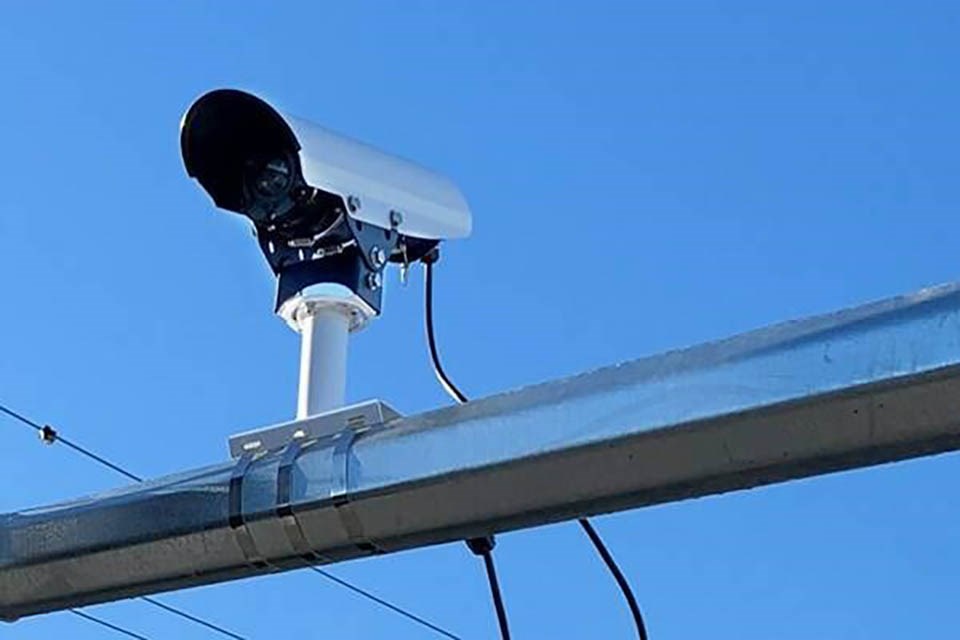Dear Editor,
Re: Two Richmond councillors oppose 2025 budget
In the recent final adoption of the city’s Financial Plan Bylaw 10622, $2.5 million was approved for the Public Safety Camera System (PSCS) Phase 1 Project in the 2025 capital expenditures.
This capital project is a pilot to install 48 4K high resolution cameras (including bullet, multi-sensor, and Pan-TiltRoll-Zoom (PTRZ) style cameras) for 10 intersections in Richmond.
The PSCS will record highly sensitive personal information of the public, including faces, vehicles, license plates and intersection user habits.
This capital project raises a number of concerns that need to be considered.
1. Does video surveillance prevent or reduce crime? Council reports didn’t provide case studies. As a prime example, the U.K. has over 4.2 million cameras, yet crime is not prevented nor significantly reduced. A 2018 public letter from the OIPC also provides a summary discussion.
2. What statistics were used to justify the PSCS project? An insignificant increase of traffic footage requests from the city are relied upon to justify the PSCS. Crime statistics are not referred, and the recent crime report from the Community Safety Committee indicates Richmond has a lower crime rate than the Metro Vancouver average. Shootings, murders and child abductions were referenced by council. While certainly not to diminish these tragedies, in reality recent crime reports in Richmond have mostly occurred in homes, parks and neighbourhoods, not at intersections. The PSCS doesn't address crime locations outside of an intersection, and potential risks with displacing crime.
3. What are the risks of a public body collecting and storing the public’s personal information? With a lack of oversight, there is potential abuse and misuse of centralized access to the PSCS for targeted discrimination. The public can't verify the security and control measures on the collection, storage and access to personal information by city staff and contractors.
Additionally, who are the camera manufacturers and video management vendors that will have access to highly sensitive information of the public? For law enforcement purposes under Section 26 in the Freedom of Information and Privacy Protection Act (FIPPA), the Office of the Information & Privacy Commissioner (OIPC) provided Public Sector Surveillance Guidelines which comments that a public body is unauthorized to collect personal information about the public when there is no ongoing investigation, or "just in case" it will be used in a future investigation.
The city states that the RCMP will only have access to video footage through a court order. However, absent of a court order, all ongoing video recordings of the public is a violation of the public's privacy.
In the 2004 letter from the OIPC to the province, warnings are given to the consequences of government surveillance on citizen behaviour.
“From a privacy perspective, a significant concern is that, since CCTV is directed at everyone, citizens will modify their behaviour to act on the basis that they are constantly being watched. A June 2004 study by University of Alberta researchers points to the ineffectiveness of many surveillance efforts, but also provides research support for the widely-shared concern that surveillance of individuals teaches them, not good citizenship, but complacency, unquestioning dependence on authorities to solve problems and excessive deference to authority.”
This is starkly presented in George Orwell’s 1984, and other dystopian literature.
4. Is the PSCS budget cost-effective? The $2.5 million budget approved for Phase 1 pilot is for installing and maintaining 48 ultra-high definition cameras at 10 intersections, approximately five cameras per intersection. A full system of 567 cameras at all intersections was mentioned to council but not approved, and first estimated at $6.5 million, and more recently $13 million. These PSCS budgets are very high and unreasonable for the taxpayer.
5. Were other less privacy-invasive measures considered by the RCMP and council? None were provided in the council report recommendations. The risk likelihood and consequence of a FIPPA Section 26 violation was flagged “high” in the city’s Privacy Risk Assessment, which recommends that less privacy-invasive measures should be considered.
This has been ignored by the city. Costly legal battles with the OIPC from taxpayer funds are another additional and unnecessary cost, which is not accounted for in the approved budget. Alternatives include assessing the current number of officers for municipal policing, specialized police operations and the Integrated Homicide Investigation Team.
Does the city police budget staff enough RCMP officers? At the Dec. 2, 2024 Finance Committee meeting, council approved Option 1 of the 2025 Police Budget, opting for $1.2 million to fund six out of the requested 10 additional officers.
It makes zero sense to spend taxpayer funds on a costly and unjustified surveillance system, while not meeting the requested RCMP officer levels. Instead of surveillance cameras, planning for and increasing the number of police officers as necessary at roads and intersections is a more practical approach to crime prevention.
Mass surveillance has far-reaching implications and is not the solution to enhancing public safety in Richmond.
Jasmine Piao, Kody Millar, and Concerned Citizens of Richmond
Richmond
📣 Got an opinion on this story or any others in Richmond? Send us a letter or email your thoughts or story tips to [email protected].
📲 To stay updated on Richmond news, sign up for our daily headline newsletter.
💬 Words missing in article? Your adblocker might be preventing hyperlinked text from appearing.



